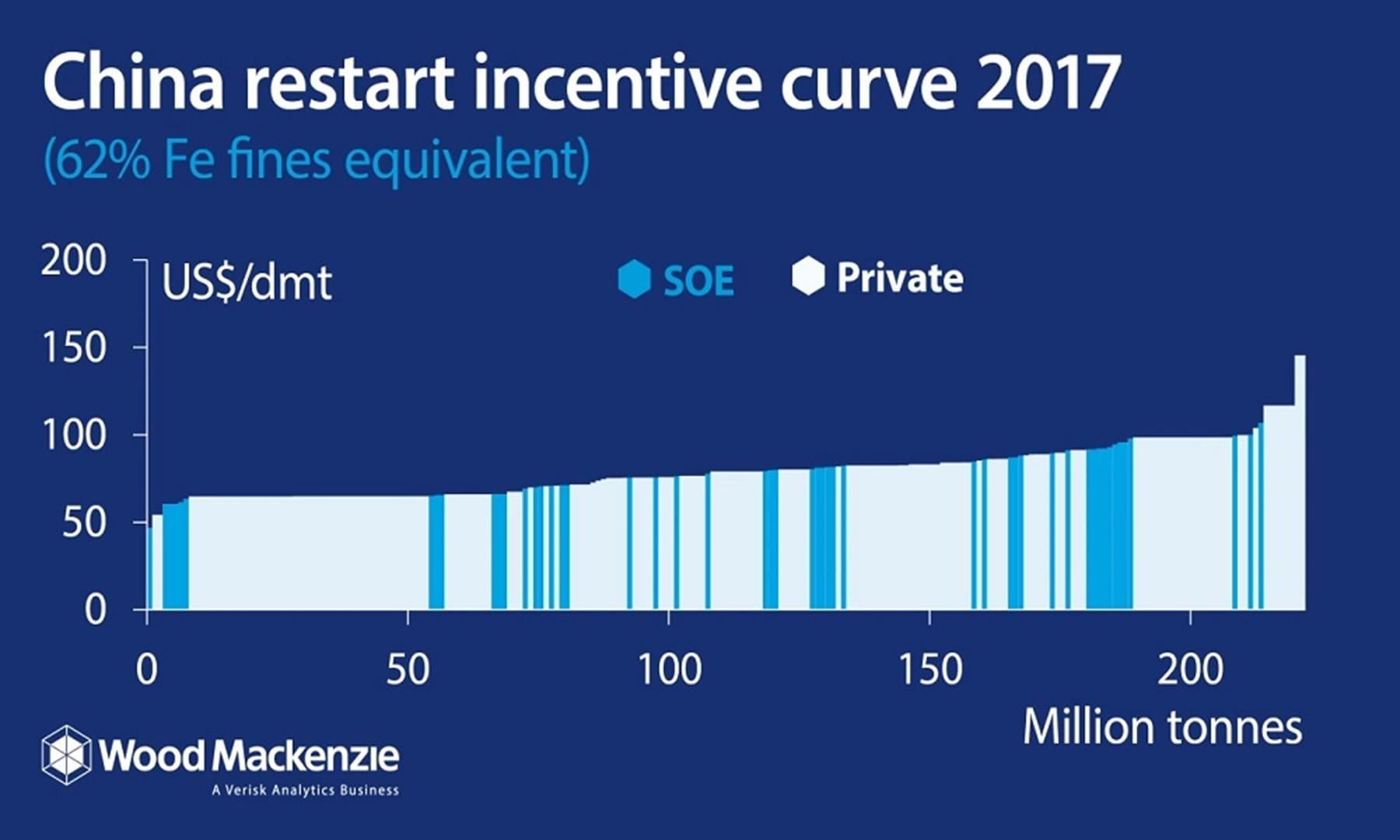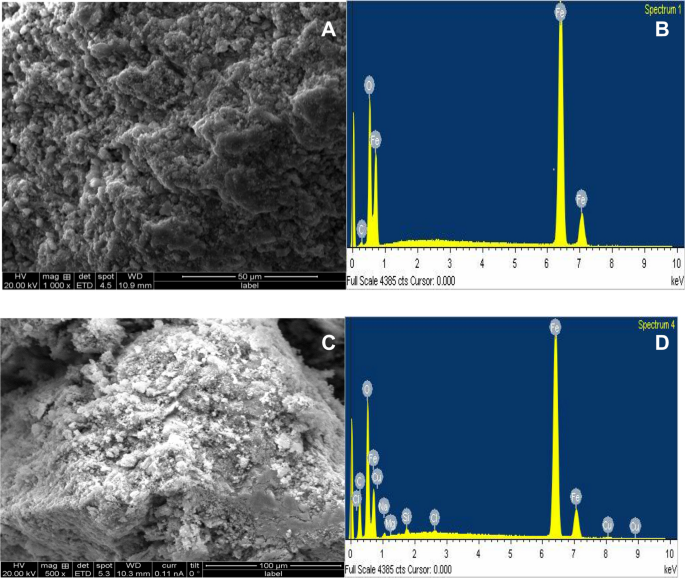Your Can manganese displace iron images are available. Can manganese displace iron are a topic that is being searched for and liked by netizens now. You can Download the Can manganese displace iron files here. Get all free images.
If you’re looking for can manganese displace iron pictures information linked to the can manganese displace iron interest, you have come to the right site. Our website frequently gives you hints for seeking the maximum quality video and image content, please kindly hunt and find more informative video articles and graphics that fit your interests.
Can Manganese Displace Iron. Very poor reaction with steam smelting with coke. D When zinc has reacted the mass of zinc will decrease. Its easily seen due to the water discoloration or there are small grains of rust in the water. Ironmanganese because they can clog the aspirator and filter.
 Iron Transition Metal Chemistry Iron Ii Fe2 Iron Iii Fe3 Complexes Ions Ligand Substitution Redox Chemical Reactions Principal Oxidation States 2 3 Extraction Gce As A2 Ib A Level Inorganic Chemistry Revision Notes From docbrown.info
Iron Transition Metal Chemistry Iron Ii Fe2 Iron Iii Fe3 Complexes Ions Ligand Substitution Redox Chemical Reactions Principal Oxidation States 2 3 Extraction Gce As A2 Ib A Level Inorganic Chemistry Revision Notes From docbrown.info
Manganese can displace chromium and iron from their salt solutions. Bicarbonate bicarbonate in the soil can reduce iron uptake. Solubility limit occurs when Mn x S equals 002 to 004. Hence chromium is more reactive than iron eliminate option D. Molybdenum excess molybdenum can reduce iron uptake especially in alkaline soils. A research study funded and published in 2013 by AFS and the Iron Division demonstrated that through balancing manganese and sulfur according to the solubility limit of MnS at the eutectic temperature the strength of gray cast iron can be optimized.
Soil is typically between 1 and 5 iron but because most of.
This is because magnesium could displace copper and iron iron could only displace copper but copper could not displace magnesium or iron. A research study funded and published in 2013 by AFS and the Iron Division demonstrated that through balancing manganese and sulfur according to the solubility limit of MnS at the eutectic temperature the strength of gray cast iron can be optimized. If dissolved iron concentrations exceed 5 mgL then a water softener may not yield effective results. Hence chromium is more reactive than iron eliminate option D. Its easily seen due to the water discoloration or there are small grains of rust in the water. If the water contains any dissolved oxygen the resin.
 Source: docbrown.info
Source: docbrown.info
Its easily seen due to the water discoloration or there are small grains of rust in the water. The order of reactivity is. Based on this sodium ions could still be released into the water to displace manganese which then sticks on the resin bed. Hence manganese must be most reactive metal eliminate options A and B. Chemical oxidation High levels of dissolved or oxidized iron and man-ganese combined concentrations of up to 25 mgL can be treated by chemical oxidation.
 Source: researchgate.net
Source: researchgate.net
This is because magnesium could displace copper and iron iron could only displace copper but copper could not displace magnesium or iron. Iron and manganese work closely together and a strong inverse relationship between deficiency in iron and high manganese levels has been found. D When zinc has reacted the mass of zinc will decrease. When used with a solid manganese dioxide filter media such as Pro-OX it can last for many years with little or. Iron Fe Fe 2 smelting with coke.
 Source: docbrown.info
Source: docbrown.info
D When zinc has reacted the mass of zinc will decrease. C Chromium can displace iron from its salt solution. Solubility limit occurs when Mn x S equals 002 to 004. Iron and manganese work closely together and a strong inverse relationship between deficiency in iron and high manganese levels has been found. 03222013 1252 PM EDT on LiveScience.
 Source: docbrown.info
Source: docbrown.info
Question Explain why three combinations of metal and salt. Ironmanganese because they can clog the aspirator and filter. Iron and manganese may turn back into its insoluble form after coming into contact with oxygen in the air. Results indicated that participants enjoyed the biscuits made from a special flour known to decrease phytate content 90 percent and thereby increase iron absorption 50. Soil is typically between 1 and 5 iron but because most of.
 Source: pinterest.com
Source: pinterest.com
This process of iron and manganese removal is the same ion exchange process that removes hardness or calcium and magnesium Refer to NDSU publication WQ1031 Water Softening Ion. Nickel excess nickel can reduce the uptake of iron. The bacterium that causes Lyme Disease substitutes manganese for iron in its diet a new study finds. This is because magnesium could displace lead and iron iron could only displace lead but lead could not displace magnesium or iron. Cadmium Cd Cd 2 Cobalt Co Co 2 Nickel Ni Ni 2 Tin Sn Sn 2 Lead Pb Pb 2 Antimony Sb Sb 3 may react with some strong oxidizing acids.
 Source: docbrown.info
Source: docbrown.info
If dissolved iron concentrations exceed 5 mgL then a water softener may not yield effective results. Iron and manganese work closely together and a strong inverse relationship between deficiency in iron and high manganese levels has been found. Likewise the presence of iron in the water can reduce the effectiveness of water softeners at removing manganese. Iron and manganese in your drinking water can affect the taste but also leave rust stains on porcelain or corroded pipes. Manganese can displace chromium and iron from their salt solutions.
 Source: woodmac.com
Source: woodmac.com
Hence manganese must be most reactive metal eliminate options A and B. Most iron and manganese removal treatment processes incorporate oxida-tion to convert the dissolved forms of the metals to a solid followed by a filtration process. Lyme Disease Can Use Manganese in Lieu of Iron to Survive A Fine Example of Borrelias Highly Evolved Survival Techniques but a Reason To No Longer Underestimate the Nature of the Beast In March of 2013 it was discovered by scientists that the bacteria responsible for Lyme Disease Borrelia Burgdorferi can use the chemical element manganese in place of the chemical element iron to survive. Soil is typically between 1 and 5 iron but because most of. Its easily seen due to the water discoloration or there are small grains of rust in the water.
 Source: savemyexams.co.uk
Source: savemyexams.co.uk
This is because magnesium could displace copper and iron iron could only displace copper but copper could not displace magnesium or iron. 03222013 1252 PM EDT on LiveScience. If the water contains any dissolved oxygen the resin. Very poor reaction with steam smelting with coke. If dissolved iron concentrations exceed 5 mgL then a water softener may not yield effective results.
 Source: scmp.com
Source: scmp.com
Bicarbonate bicarbonate in the soil can reduce iron uptake. Hence chromium is more reactive than iron eliminate option D. Dissolved iron and manganese in water can be exchanged for sodium on an exchange resin or zeolite. The video shows an experiment to determine the placement of three different metals Cu Zn and Mg on the activity series. The good news is that whole home water softeners can also remove manganese and iron.
 Source: docbrown.info
Source: docbrown.info
Iron Fe Fe 2 smelting with coke. Solubility limit occurs when Mn x S equals 002 to 004. Iron and manganese may turn back into its insoluble form after coming into contact with oxygen in the air. Based on this sodium ions could still be released into the water to displace manganese which then sticks on the resin bed. The pathogen is the first known organism to live without iron.
 Source: docbrown.info
Source: docbrown.info
Lyme Disease Can Use Manganese in Lieu of Iron to Survive A Fine Example of Borrelias Highly Evolved Survival Techniques but a Reason To No Longer Underestimate the Nature of the Beast In March of 2013 it was discovered by scientists that the bacteria responsible for Lyme Disease Borrelia Burgdorferi can use the chemical element manganese in place of the chemical element iron to survive. Hence manganese must be most reactive metal eliminate options A and B. Magnesium iron copper. The order of reactivity is. If the water has not been exposed to oxygen the resins in the softener will remove the iron and manganese ions from the water.
 Source: pinterest.com
Source: pinterest.com
The pathogen is the first known organism to live without iron. Iron and manganese may turn back into its insoluble form after coming into contact with oxygen in the air. Iron and manganese in your drinking water can affect the taste but also leave rust stains on porcelain or corroded pipes. Magnesium iron copper. Heat or physical extraction Bismuth Bi Bi 3.
 Source: in.pinterest.com
Source: in.pinterest.com
Here is a picture of the activity series. Thus the list shows 14 metals that will displace hydrogen from acids. Nickel excess nickel can reduce the uptake of iron. If the water has not been exposed to oxygen the resins in the softener will remove the iron and manganese ions from the water. Iron and manganese work closely together and a strong inverse relationship between deficiency in iron and high manganese levels has been found.
Source: researchgate.net
Nickel excess nickel can reduce the uptake of iron. Ion exchange may also remove iron and manganese typically used in home softening. Based on this sodium ions could still be released into the water to displace manganese which then sticks on the resin bed. Molybdenum excess molybdenum can reduce iron uptake especially in alkaline soils. Air Charging Iron Filters Remove Iron Manganese and Sulfur Odor The air charge iron filter as a single tank system is an efficient and cost-effective system for the removal of iron and sulfur.
 Source: docbrown.info
Source: docbrown.info
Hence manganese must be most reactive metal eliminate options A and B. This process of iron and manganese removal is the same ion exchange process that removes hardness or calcium and magnesium Refer to NDSU publication WQ1031 Water Softening Ion. Bicarbonate bicarbonate in the soil can reduce iron uptake. Heat or physical extraction Bismuth Bi Bi 3. Likewise the presence of iron in the water can reduce the effectiveness of water softeners at removing manganese.
 Source: in.pinterest.com
Source: in.pinterest.com
This process of iron and manganese removal is the same ion exchange process that removes hardness or calcium and magnesium Refer to NDSU publication WQ1031 Water Softening Ion. All metals above hydrogen in the activity series will displace hydrogen from an acid. Potassium potassium deficiency may increase iron uptake. This is because magnesium could displace lead and iron iron could only displace lead but lead could not displace magnesium or iron. Most iron and manganese removal treatment processes incorporate oxida-tion to convert the dissolved forms of the metals to a solid followed by a filtration process.
 Source: nature.com
Source: nature.com
The pathogen is the first known organism to live without iron. The video shows an experiment to determine the placement of three different metals Cu Zn and Mg on the activity series. Manganese can displace chromium and iron from their salt solutions. Bicarbonate bicarbonate in the soil can reduce iron uptake. Lyme Disease Can Use Manganese in Lieu of Iron to Survive A Fine Example of Borrelias Highly Evolved Survival Techniques but a Reason To No Longer Underestimate the Nature of the Beast In March of 2013 it was discovered by scientists that the bacteria responsible for Lyme Disease Borrelia Burgdorferi can use the chemical element manganese in place of the chemical element iron to survive.
Source: quora.com
D When zinc has reacted the mass of zinc will decrease. Iron is known for the orange and brown stains which are caused when ferrous iron is exposed to oxygen. Bicarbonate bicarbonate in the soil can reduce iron uptake. This is because magnesium could displace lead and iron iron could only displace lead but lead could not displace magnesium or iron. Hence manganese must be most reactive metal eliminate options A and B.
This site is an open community for users to do sharing their favorite wallpapers on the internet, all images or pictures in this website are for personal wallpaper use only, it is stricly prohibited to use this wallpaper for commercial purposes, if you are the author and find this image is shared without your permission, please kindly raise a DMCA report to Us.
If you find this site good, please support us by sharing this posts to your favorite social media accounts like Facebook, Instagram and so on or you can also save this blog page with the title can manganese displace iron by using Ctrl + D for devices a laptop with a Windows operating system or Command + D for laptops with an Apple operating system. If you use a smartphone, you can also use the drawer menu of the browser you are using. Whether it’s a Windows, Mac, iOS or Android operating system, you will still be able to bookmark this website.






